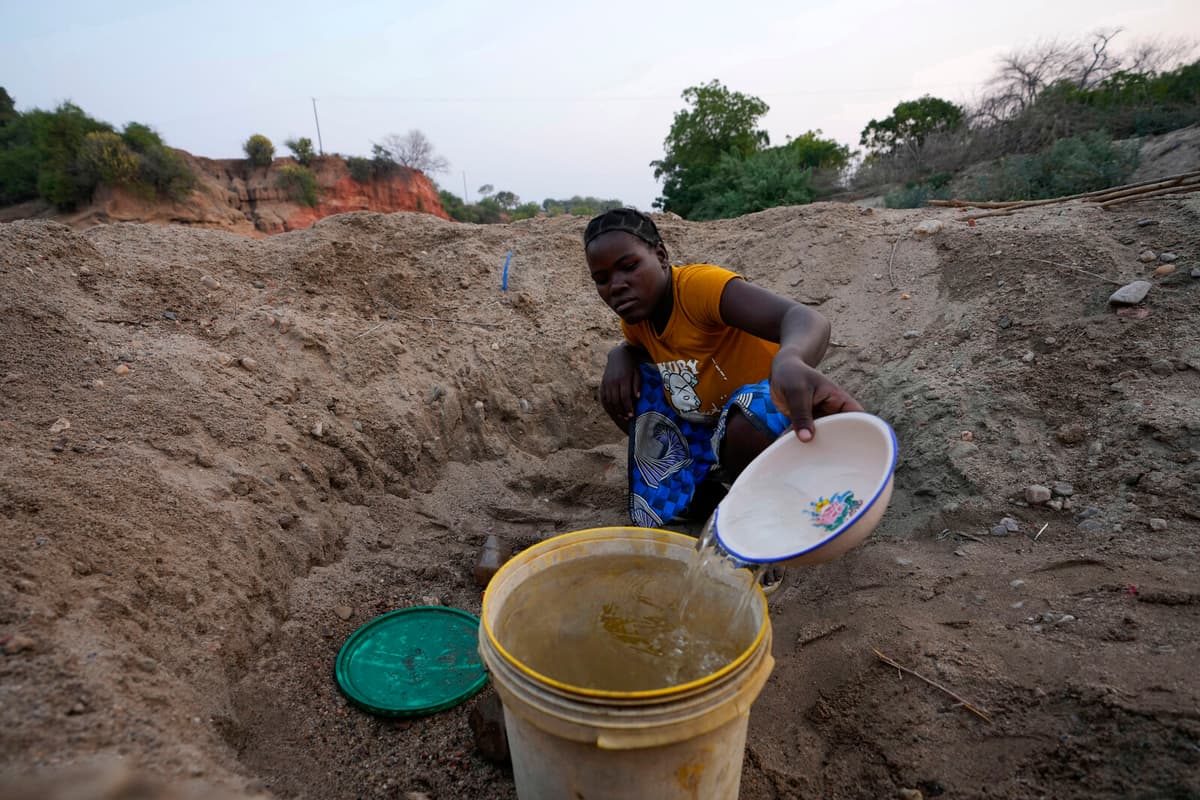2024 was the warmest or second warmest year, depending on which dataset you look at, reports the World Meteorological Organization (WMO) in its annual report on the climate situation for Africa.
"The report reflects the acute and increasingly serious realities of climate change across the continent,” says WMO chief Celeste Saulo in a press release.
Crop failure in Morocco
The warming of the temperature above landmass is clear, where the last ten years all belong to the ten highest measured. The global warming – caused by human burning of fossil fuels – affects regional weather in Africa, and last year coincided with the long-term global warming and the Ocean Dipole phase.
This led, among other things, to heavy rainfall affecting millions of people in countries like Nigeria and Chad. In Morocco, a sixth year of drought led to harvests being 42 percent lower than average.
Even southern Africa was hit by drought, leading to widespread crop failure and critically low levels in Lake Kariba, the world's largest artificial lake. This in turn led to power shortages and prolonged power outages.
Cyclones and heatwave
In the southwestern parts of the Indian Ocean, several extreme weather events swept through. Nine of them were classified as cyclones, several of which moved into Kenya and Tanzania, which is unusual.
In mid-March, a never-before-seen heatwave swept in over South Sudan. With temperatures above 45 degrees, schools were closed. The heat affected Somalia, where food shortages worsened.
According to WMO, better warning systems are needed, possibly with the help of AI and mobile network expansion.
"My hope is that the report will inspire collective action to address increasingly complex challenges and cascading effects,” says Saulo.





